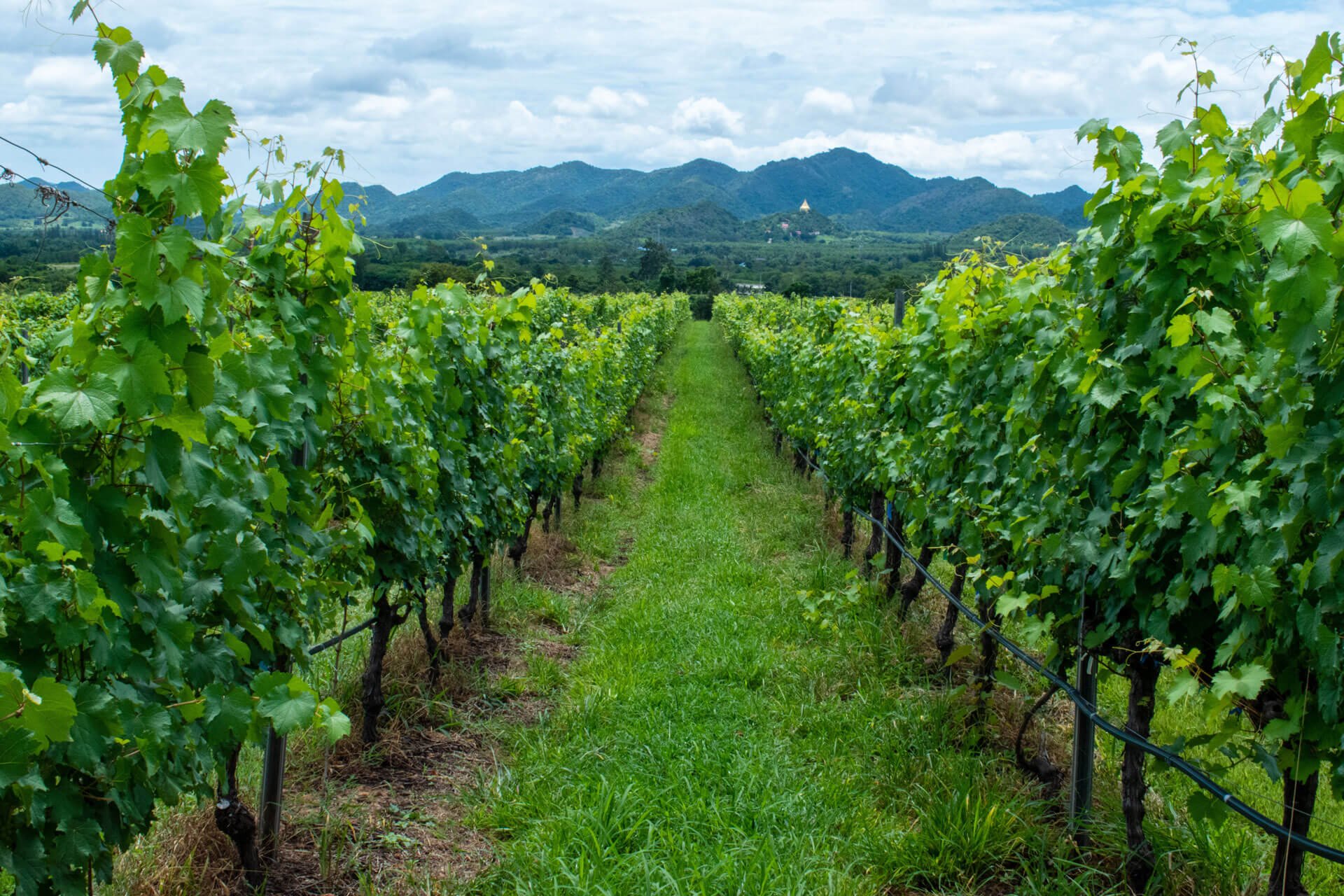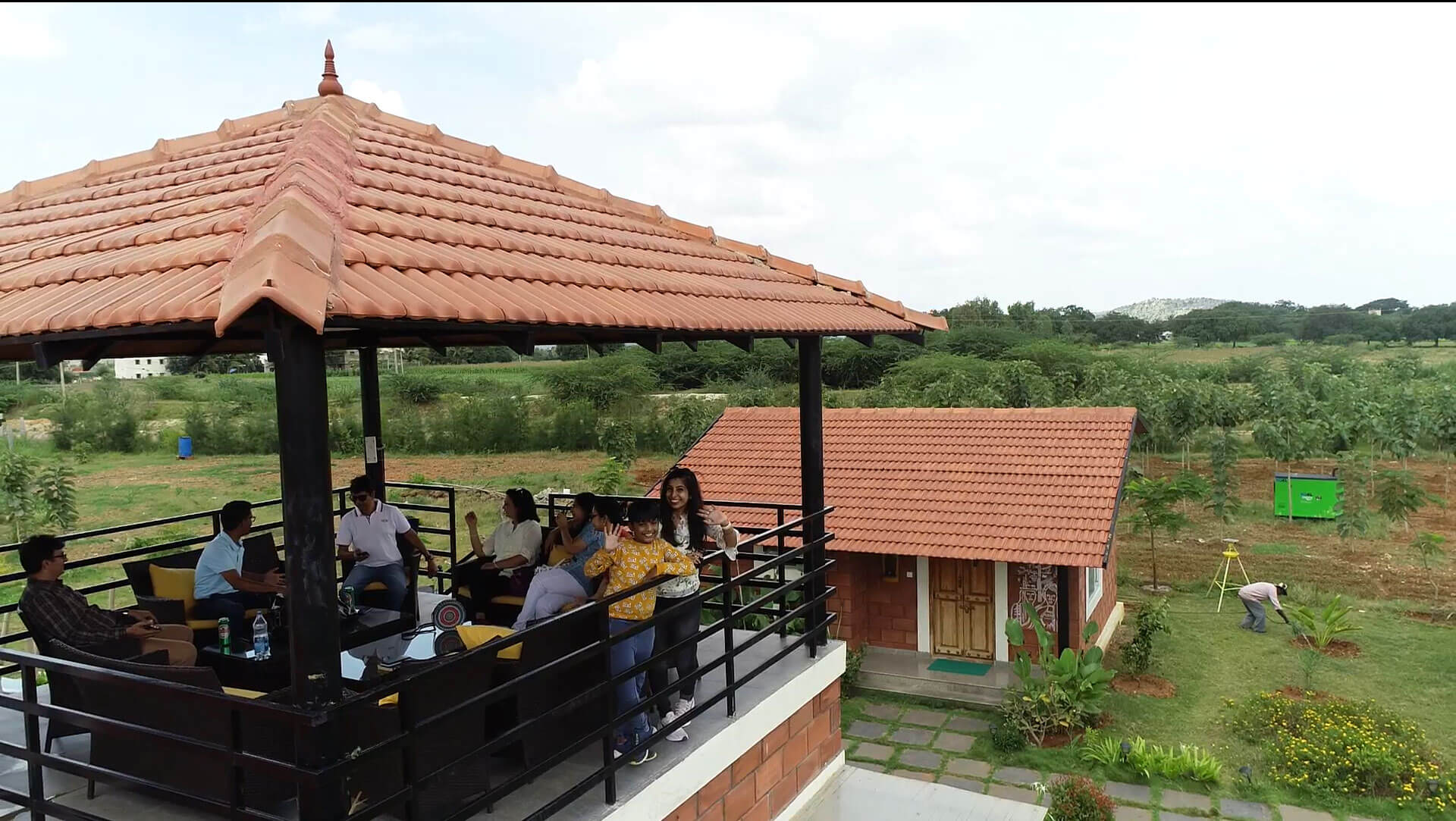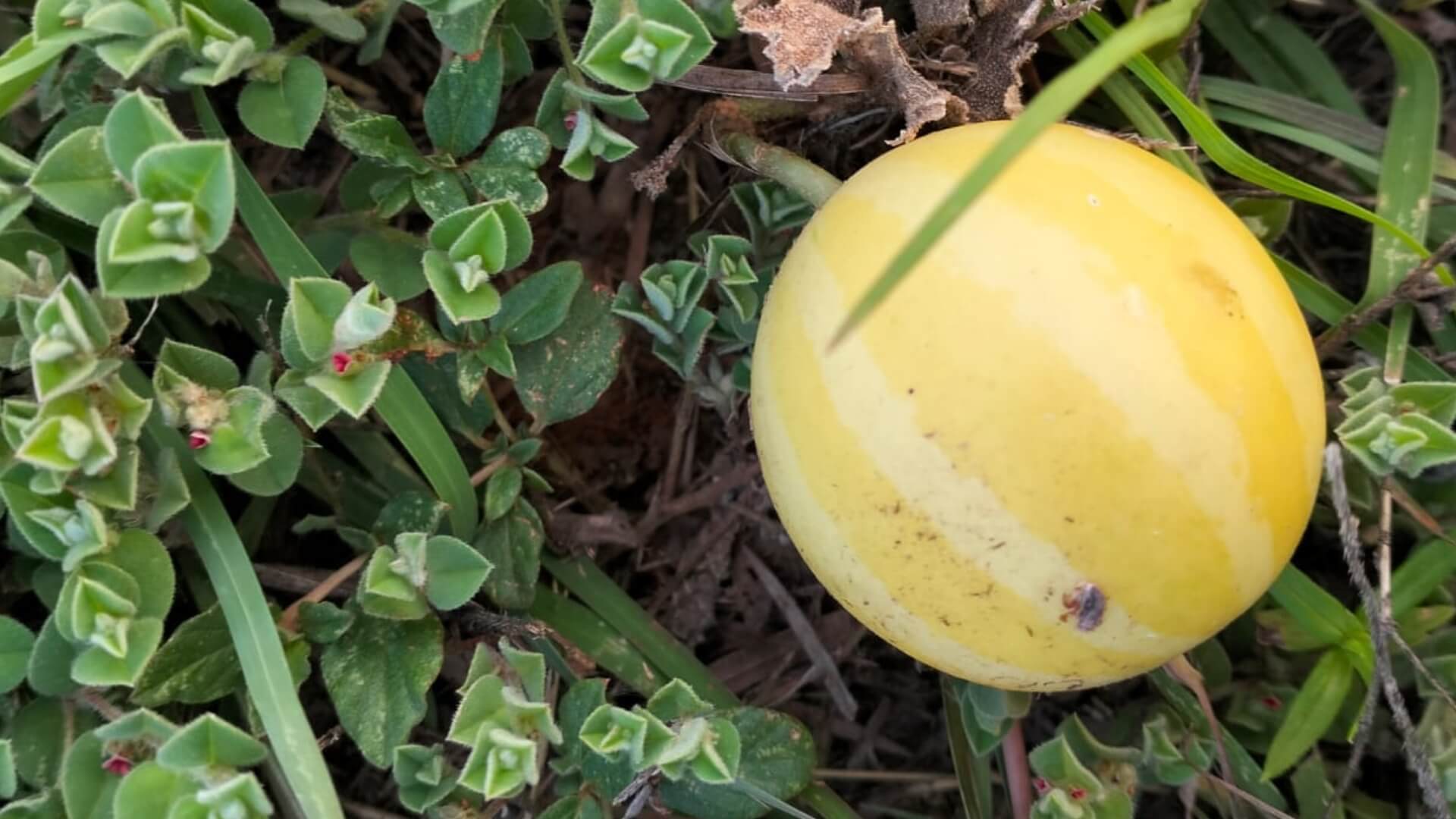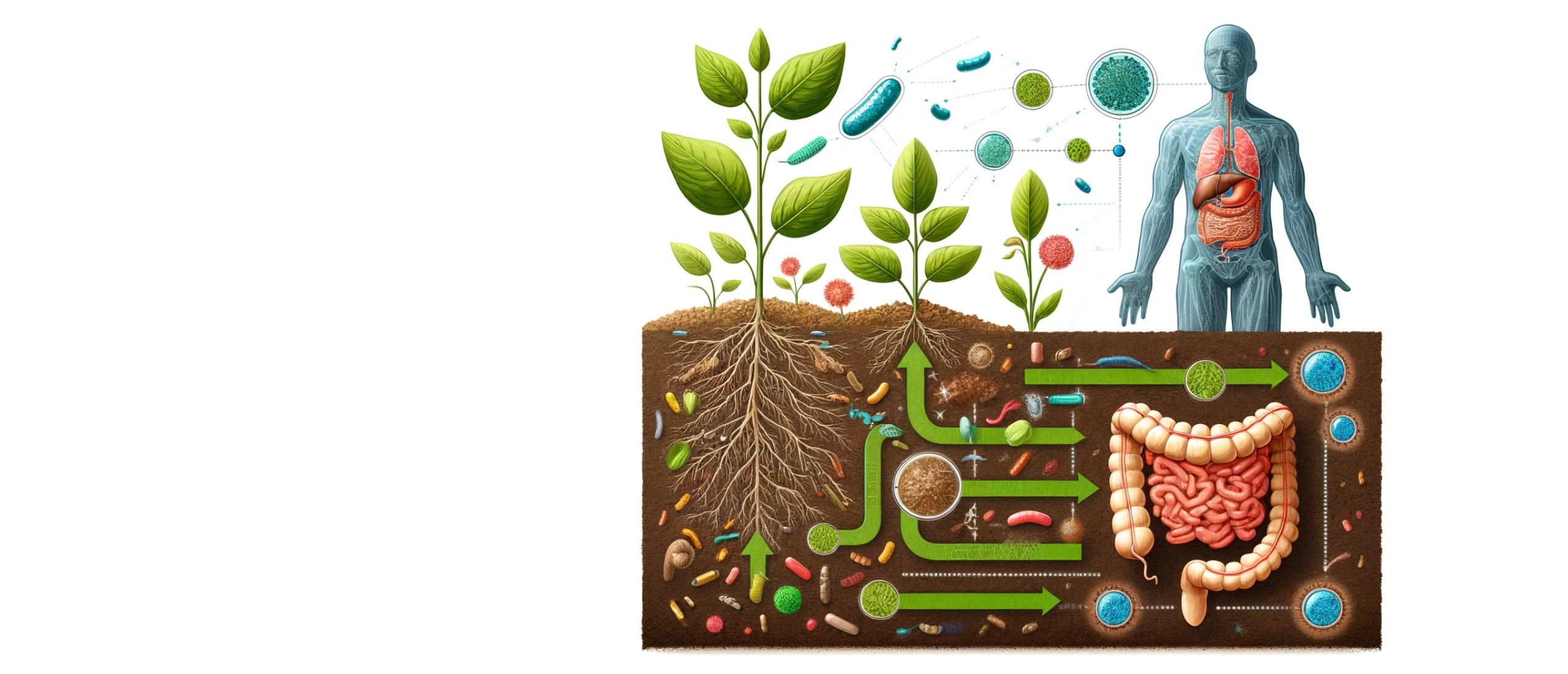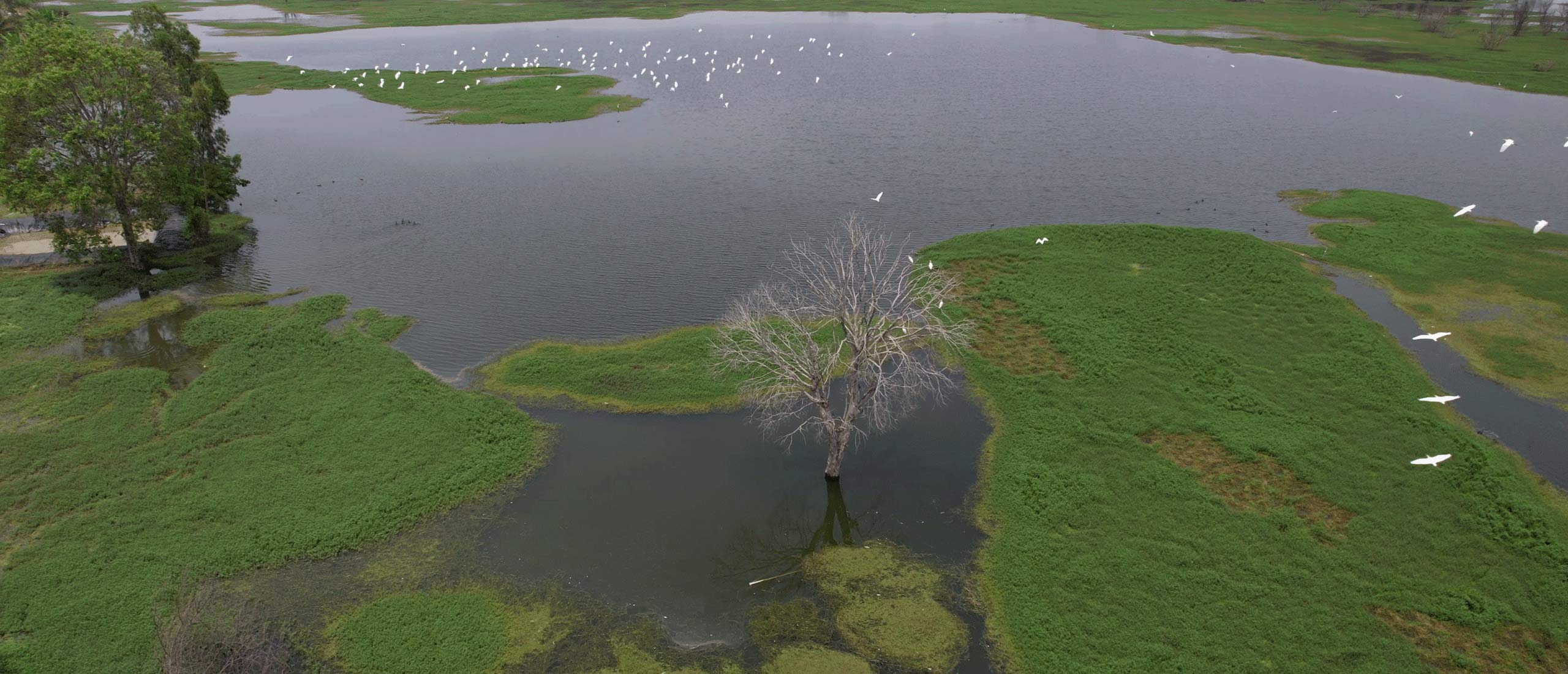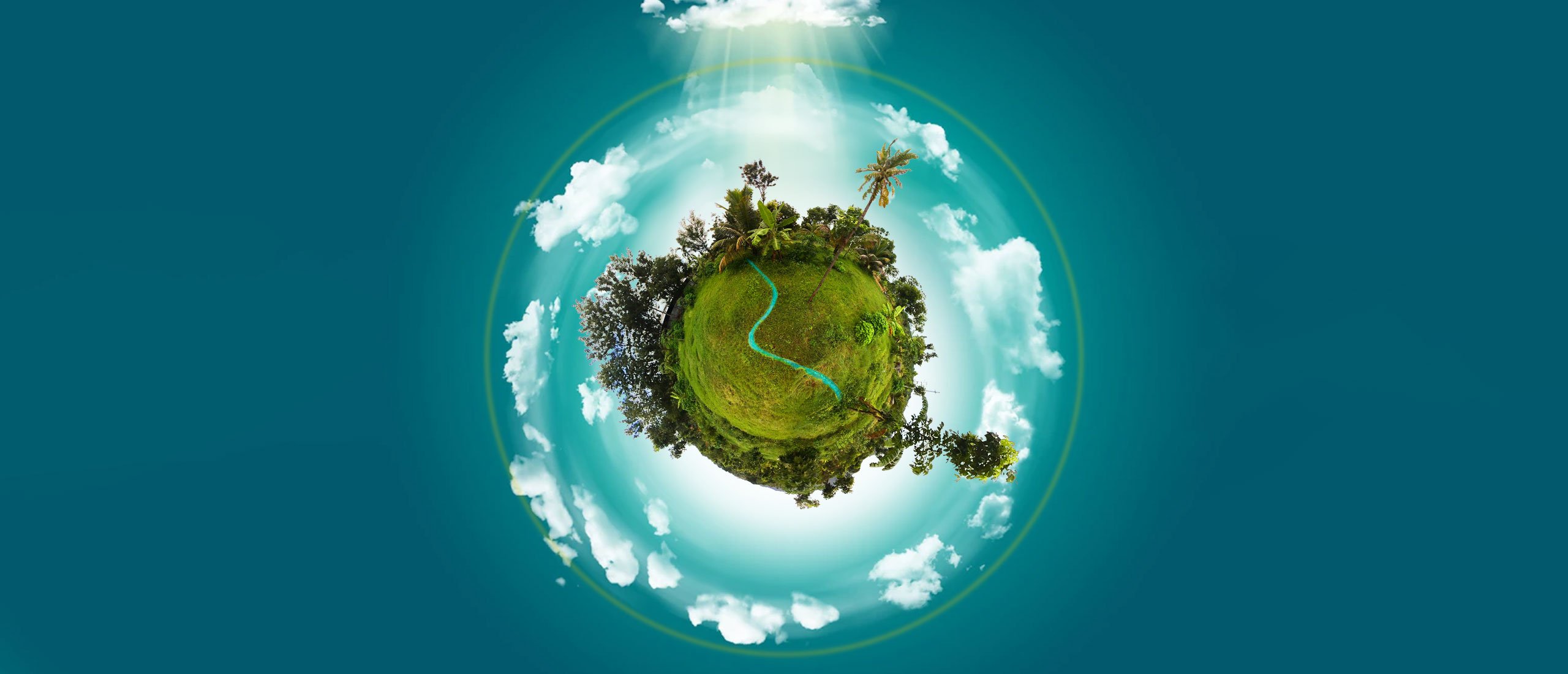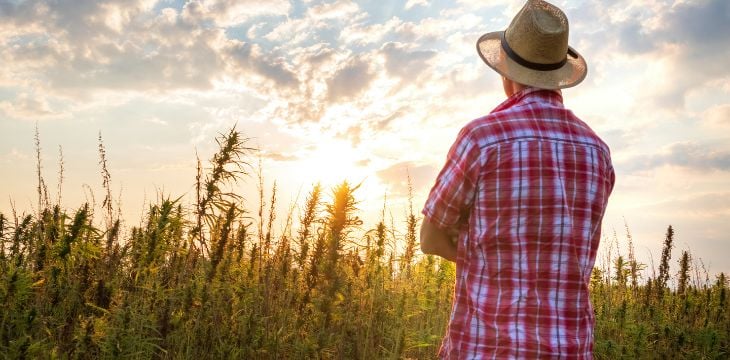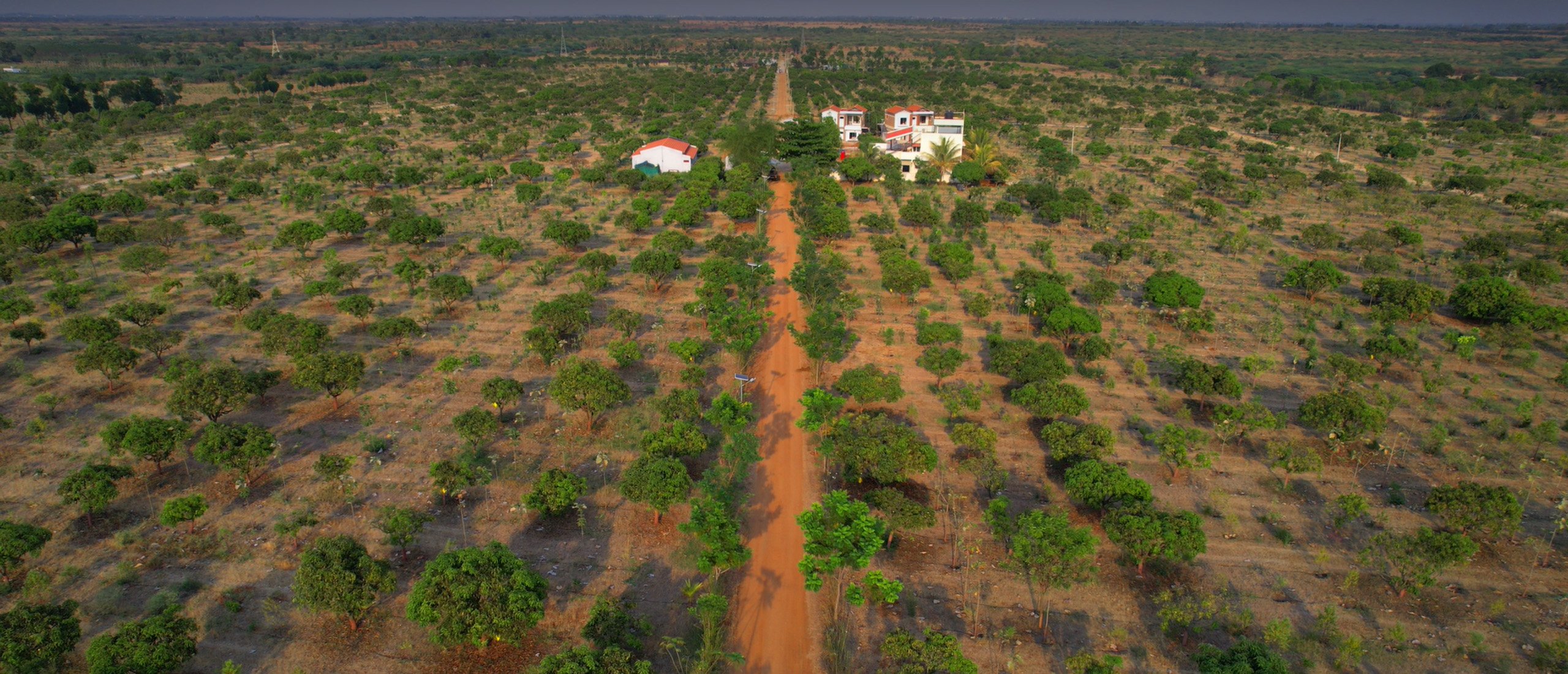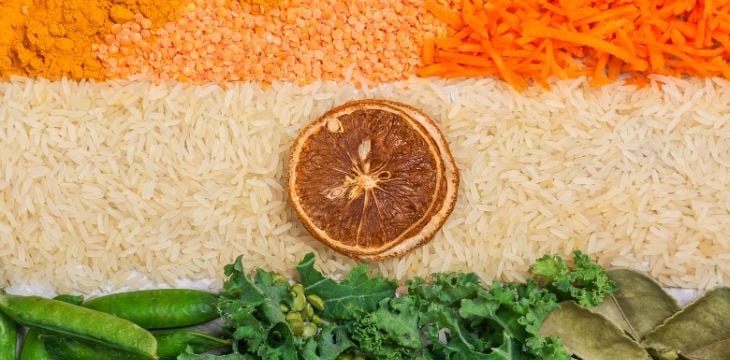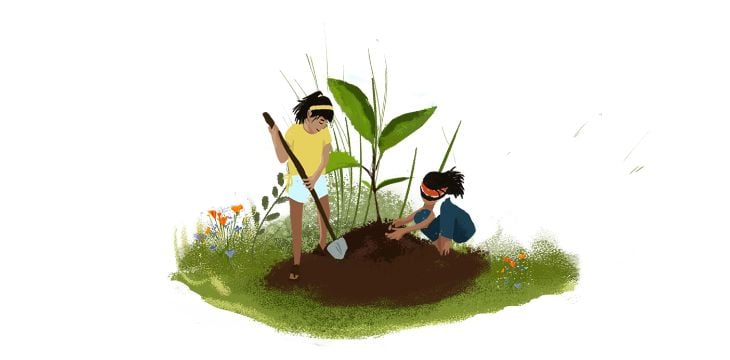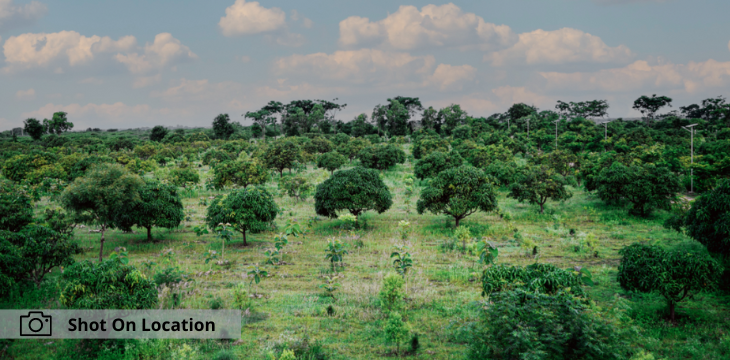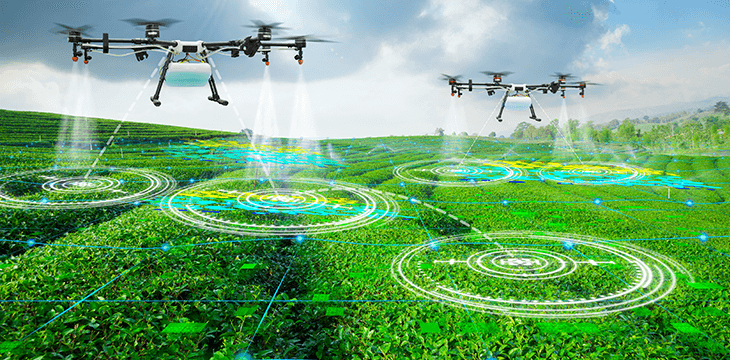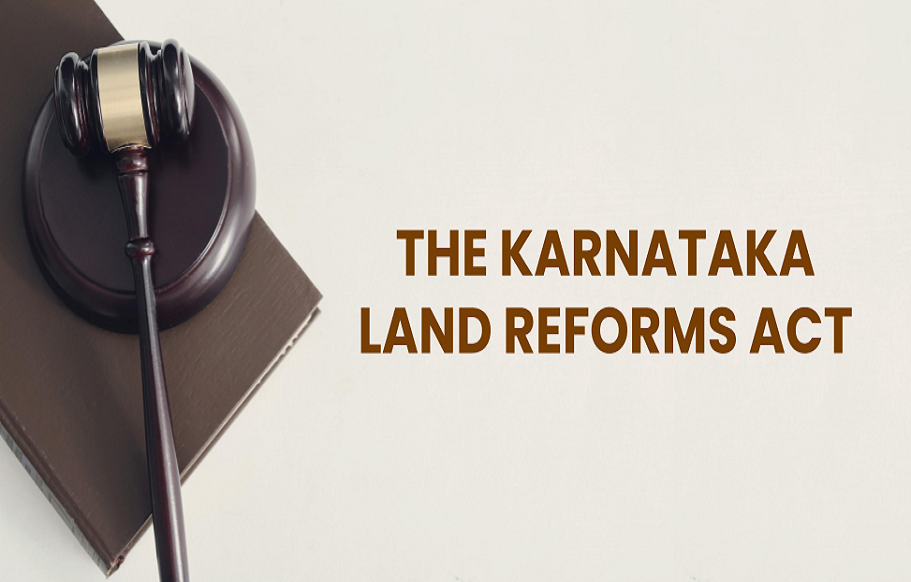October 31, 2023
Author- Srinivas Abhilash
6 Minute Read
Introduction
Soil isn’t just something plants grow in. It’s a superhero in the natural world. It helps our plants grow, gives us food to eat, and even provides us with clean water and fresh air. It is Earth’s very own life support system!
Living Soil is the microbiome of the earth and is home to more than ¼ of the planet’s biodiversity. There is so much life in the soil, it is a whole ecosystem working under our feet and is packed with fungal hyphae, bacteria, protozoa, nematodes, and many more microorganisms.
Through its preservation and conservation, we can regenerate precious habitats and ecosystems that have been destroyed. It not only helps our plants grow, it gives us food to eat and even provides us with clean water and fresh air. It is Earth’s very own life support system!
The power of re-wilding soil, not only re-aligns it back to its natural and uncultivated state, it allows for greater diversity in our environment.
Greater diversity means nutrient-rich soils, foods, and beyond. Regardless of where you live, you can contribute to this regeneration. And here’s a mind-blowing fact: our soils are amazing at keeping our climate in check. They store more carbon than all the forests in the world combined. That means they’re crucial in our fight against climate change and those crazy weather patterns we’ve been seeing.
Living soil and healthy soil mean that for every pest, there will be hundreds of good guys who help maintain the health of the plants and fight off the pests. We at Hosachiguru strongly believe that if we support our farmers and farming communities and help them nurture their soils, we can tackle climate change. Plus, it means we get to enjoy healthy, yummy food and do right by our beautiful planet. It’s a win-win for everyone – the farmers, us, and Mother Earth.
So, join us on this journey of Better Soil, Better Food, Better Life. Together, let’s dig into the secrets of the soil and discover how it can make our world a greener, healthier, and happier place. Ready to get your hands a little dirty in the name of a better future? Let’s do this! 🌱🌍✨
Soil Biology for Better Soil
Moving forward to enhance our soil is a total game-changer! Improving our soil biology is the key here. As Ms. Elaine Ingham, a soil biology researcher and founder of Soil Foodweb Inc. states “If biology is present in the soil, plants, in partnership with the soil food web, can obtain all the nutrients that they need without anything being added to the soil. This is the reason why nobody needs to add fertilizers to the Amazon rainforest; the soil food web is present, and nutrient cycling is occurring”.
Soil biology is like a bustling community of tiny organisms in the soil. These creatures break down plant leftovers and turn them into rich nutrients, making the soil healthier. By doing this, they also help the soil hold more water and let in more air, which plants love. Think of them as nature’s recyclers, making sure everything in the soil stays balanced and ready for plants to grow big and strong!
Now, you might wonder: Is making soil better a selfish or a selfless act? Well, it’s a bit of both. but let me break it down for you in simple terms.
Think of a world where our soil becomes so self-sufficient and regenerative that it practically takes care of itself. Sounds like a dream, right? But here’s the exciting part: it’s totally doable!
Think of it this way, if we set up a system where we don’t have to mess around too much, nature takes over. Trees and plants, our natural heroes, are busy doing their job, making carbon and sugars through photosynthesis. Now, below the surface, there’s a bustling party with microbes. They feast on these sugars and transform them into nutrients that plants love. It’s like a natural cycle where everyone has a role and the result? A thriving ecosystem where plants, microbes, and nature work together seamlessly.
It’s like a fantastic underground buffet where everyone’s feasting and sharing. These microbes, especially the Mycorrhizal Fungi (they’re like the rockstars of the soil world), help plants grow stronger and roots dig deeper. Why is this cool? Because those deep roots hold the soil tight, preventing erosion caused by storms and heavy rains.
So, you see, it’s not just about us. It’s about creating a harmonious, self-sustaining ecosystem where everyone – plants, microbes, and us – gets to thrive.
Cultivating Rich Soil Biology: A 4-Step Process
- Protecting Biology:
-
- Introduce Earthworms
- They create channels for water and add nutrients to the soil.
- Microorganisms
- Bacteria and fungi act as natural filters, stabilizing the soil and preventing erosion.
- Recruiting Biology:
-
- Introduce Cover Crops
- These act as natural fertilizers and erosion preventers.
- Feeding the Biology:
-
- Keep Stubble from Previous Crops
- Provides moisture, suppresses weeds, and offers vital nutrients.
- Housing the Biology (Natural Cover):
-
- Leave the Leaves: Fallen leaves naturally mulch the soil, enriching it with nutrients.
By following these steps, you nurture a thriving soil ecosystem, ensuring healthy, fertile soil for your plants.
Better Soil, Better Food
Ever wondered why some veggies taste exceptionally delicious? It all boils down to the soil they’re grown in. Nutrient-rich soil isn’t just about satisfying plants; it’s about delighting our taste buds. The richer the soil, the more nutrients our veggies absorb, crafting a delightful set of flavors on our plates. Want to know more, here’s how soil health impacts the quality of food:
- Nutrient Content
- Healthy, fertile soil teems with vital nutrients like nitrogen, phosphorus, potassium, zinc, and iron, along with essential micronutrients. These nutrients are readily absorbed by plants thanks to the presence of microorganisms and the symbiotic relationship between plants and these tiny organisms. As plants grow, they assimilate these nutrients, which eventually transfer into the fruits, flowers, and seeds we consume as food.
- However, if any of these nutrients are lacking in the soil, crops can suffer deficiencies. This deficiency not only weakens the plants but also diminishes the nutritional value of the food they produce.
- Therefore, the rich interplay of soil, microorganisms, and plants is crucial in ensuring the nutrient content of our food, ultimately impacting our overall health and well-being.
- Organic Matter:
-
- Nutrient-rich soil boasts a substantial amount of organic matter, a vital component that serves multiple purposes. Firstly, organic matter acts as a natural nutrient source for plants, ensuring their optimal growth. Secondly, it enhances the soil’s structure, providing a stable environment for plants to thrive. Additionally, it improves the soil’s water retention capacity, preventing wasteful runoff and ensuring plants have consistent access to water.
- This synergy between organic matter, soil structure, and water retention culminates in the cultivation of healthier crops. These plants, nourished by the rich soil, not only grow robust but also boast superior nutrient profiles.
- Emphasizing the significance of sustainable and regenerative farming practices is crucial. By prioritizing the enhancement of soil health through natural means, these practices yield remarkable results. Such methods not only preserve the environment but also yield more nutrient-dense foods, ensuring a sustainable and healthier future for both agriculture and consumers.
- pH Levels:
-
- Soil pH is vital for plant nutrition, determining its acidity or alkalinity. Each plant has a preferred pH range. When the soil pH matches this range, plants absorb nutrients efficiently, ensuring healthy growth. Balanced soil pH not only benefits plants but also enhances the quality of their produce. Crops in the right pH soil are healthier and more nutritious. Managing soil pH based on plants’ needs is crucial for cultivating high-quality, nourishing food.
- Pesticides and Chemical Use:
- Healthy soil diminishes the requirement for pesticide and chemical fertilizer application. Chemical residues in the soil can be taken up by plants and, eventually, ingested by humans. Clean farming practices emphasize soil health and decrease dependence on harmful chemicals. This approach leads to cleaner, healthier food choices.
- Biodiversity
-
- Healthy soil fosters a rich ecosystem of plants, animals, and microorganisms, promoting biodiversity essential for balanced agriculture. This diversity enhances resilience against pests and diseases, reducing reliance on chemicals. As a result, food cultivated in these environments is healthier and free from harmful residues, ensuring a safer and more sustainable food supply.
Conclusion
Healthy soil offers more than just tasty food; it signifies abundance. Abundant crops, abundant nutrients, and abundant possibilities flourish in its richness. Supporting a diverse array of plants and creatures, healthy soil creates a balanced ecosystem. This biodiversity isn’t merely beautiful; it’s essential for cultivating resilient, pest-resistant crops.
Healthy soil serves as a natural carbon sink, actively combating climate change. Its efficient carbon storage contributes to a healthier planet for us and the generations to come. And here’s the exciting revelation – you are at the heart of this change! By recognizing the connection between improved soil and superior food, you’re not just a consumer; you’re a guardian of traditions, a promoter of sustainable practices, and a champion for a world that’s not only healthier but also tastier.
So, the next time you savor a mouthful of delicious, nutritious goodness, remember, that it all starts with the soil beneath your feet. Better soil isn’t just the foundation of better food; it’s the cornerstone of a better, healthier life. Happy Eating! 🌱🍅🌽
